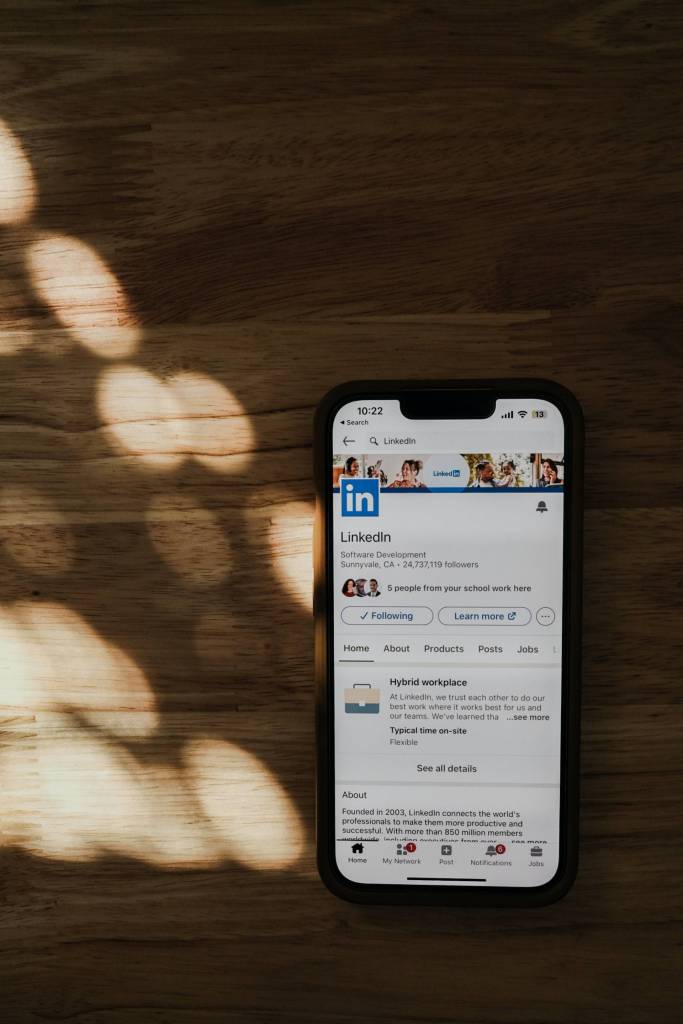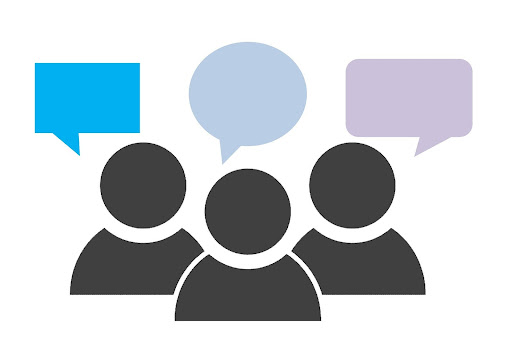 How do you get the sale while leaving the client feeling like they won the lottery?
How do you get the sale while leaving the client feeling like they won the lottery?
Whether you’re a business owner or employee, in a sales function or not in a revenue-generating position, you are a sales person. We may “sell” our personal brand for a new position or our company’s products and services to prospects. Having strong sales and negotiation skills is a lifelong asset. Unfortunately, most people, even sales managers, treat selling like an awkward verbal strongman competition or approach it with a level of timidity that guarantees failure.
Career advancement and business growth will be slow, if not completely stalled, without your mastering how to get people to buy what you need to sell. With that in mind, here are six tips you can instantly apply to become a powerful salesperson:
Qualify the prospect
In the interest of respecting everyone’s time, it is crucial that you qualify the prospect prior to investing much time in a single sale. Is the company hiring at this time? Does the prospect have a need for your services? Is your pricing in alignment with the company’s budget? Typically, the most efficient way to get budget answers is to ask the prospect outright. If the person/company is not looking to buy right now or failed on any of the above questions, move on. Your time is valuable.
Understand your offerings and limitations
Confidence is key in obtaining sales because the potential customer has to feel comfortable with you. People do not buy from sales professionals, they buy from experts. Know the full scale of your offerings, as well as what you can and cannot offer, to gain self-assurance in addressing the prospect and answering his questions.
Know your competition’s offerings and limitations
Have a firm understanding of your competition to master your own unique selling points. Your competition is not all companies or job applicants operating in your space. Your competition is those people or companies who would get the position/business if you do not. When meeting with the prospect, the goal is never to say anything negative about your competition, rather, to point out your valuable solutions that your competition lacks the ability to proffer.
As a professional informational speaker who teaches technology, if I know I am competing with a motivational speaker for a slot at a corporate event. I highlight three online actions attendees will walk away knowing how to perform and how those actions will impact the company’s profits and productivity
Know your client’s needs
Use tools like LinkedIn, Facebook, Twitter and Google searches to research your contact and the company prior to meetings. Ask the client questions about pain points or problems, what they’re looking for, what matters to them, etc. Read between the lines. Sometimes by listening, you will identify an additional need. Listen three times as much as you talk. Do not try to inject your solutions in the beginning. Listen. Uncover what would make the negotiator shine in the eyes of his peers or boss. What is his decision process? Do you need to court additional people to get the sale, perhaps your contact’s boss or a couple peers who make the decision as a committee?
Echo the client’s requests back via a proposal
A proposal can be verbal or written. However, the key is to structure it in a way that you’re mirroring all of the contact’s needs back at her with viable solutions. Never sell features (about you) but focus on benefits (about them). An example of a feature would be that your widgets function at three times the speed of any competition. A benefit, on the other hand, is your widget can increase the company’s productivity by shaving ten minutes off daily in non-revenue generating tasks for each employee, saving the company $132,000 per year!
To supersize this process, if the client requests a formal proposal, and it does not violate any laws or etiquette in your industry, deliver the proposal with a treat that reflects the company. As a hotel sales manager, I often had proposals delivered with customized items. For example:
- I delivered a proposal to a transportation logistics company in a remote-controlled truck, designed with the company’s logo, full of snacks.
- For a large waste management company, I delivered the proposal in brightly-colored mini trashcan, customized with the company’s logo, filled with treats.
- I frequently had proposals delivered with cookie bouquets featuring cheerleaders with my company logo on their uniforms and football players with the client’s company
Ask for the sale
While asking for the sale is the simplest action, for many, it is the most difficult. Asking the prospect to do business with you is not pompous or pushy. In fact, it can help shorten the sales process by occasionally allowing you to bypass the written proposal process altogether. It may be as simple as saying, “Thank you so much for this meeting. Do you have any additional questions or is there anything else you need from me to make your decision?” If nothing additional is needed, “Perfect! I’d love to partner with you. Can I send you the contract today?”
When was the last time you made a great sale? What tactics did you use? Share your experience in the comments section.











